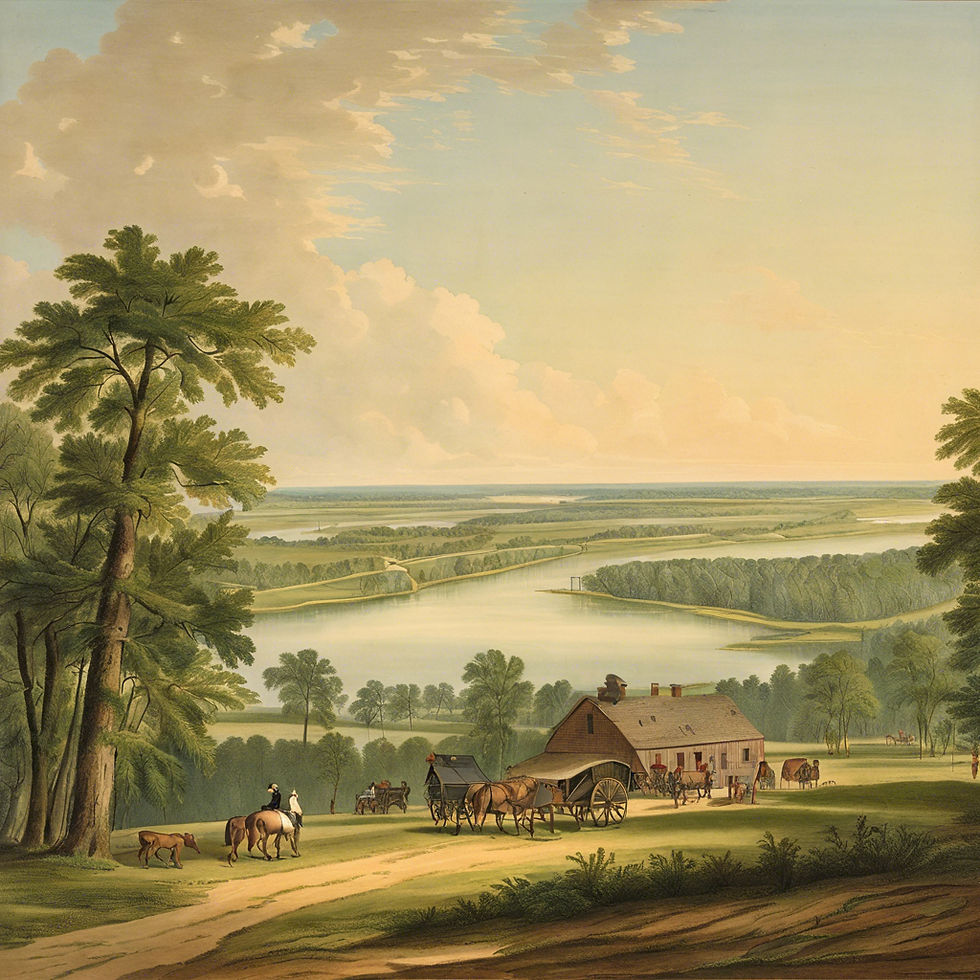
Documenting; Businesses
A.J. and A.L. Pogue owned Pogue Bro. in Tallapoosa in 1891. There was a report of light rains
source
The Tallapoosa New EraThu, May 07, 1891, ·Page 3, accessed by Sleuth Matron, 12/03/2024. May 07, 1891, page 3 - The Tallapoosa New Era at Newspapers.com
Mr. Hamilton was of the Racket Store in Dadeville.
M.F. Barber photographer
The Alexander City Outlook Fri, Dec 17, 1897 ·Page 3
Alabama King goldmine near Jackson Gap was set to start entire operations.
The Alexander City Outlook
Fri, Dec 10, 1897 ·Page 3
J. A. Rowe Attorney at Law, Abouve the Hardware Store in Dadeville, Alabama in December of 1893.

TOWN OF YOUNGSVILLE
Youngsville did not exist until after 1837 when James Young III inquired 320 acres. The earliest record we have of the Youngsville area is from 1698 when Captain Thomas Welch marked out the Okfuskee Trail through Tallapoosa County, Alabama. There were trading posts that had been established near Young's Ferry, Flint Hill, and Kowaliga, but the government did not have control of this area until March 27, 1814 when Andrew Jackson's men defeated The Creek Indians in The Battle of Horseshoe Bend. In 1832 the Creek Indians relinquished this territory to the United States and this gave way for white settlers to set roots in Tallapoosa County.
There are records stating that an unknown pioneer set up a trading post near the present day site of the Russell Corporation's main office, in Alexander City but there are also records stating that it was James Young, III who was the unknown pioneer. I have found more records stating that it was James Young, III. This trading post was known as the "Georgia Store" and as the "Georgia Trading Post". In 1837 when James Young III purchased his property it sat a half-mile west of the former Creek Indian Nation and near the Georgia Trading Post. It comprised a large portion of present day southwest Alexander City, including the Russell Corporation and much of the land along Highway 280.
We can start dating the community life of Youngsville in 1837 when Rueben "Griffin" Young opened Youngsville's first post office inside his store and when eight women and men called "The Baptist brethren settlers of Youngsville" organized the Fellowship Primitive Baptist Church. The store and church were both within view of the present day Youngsville historical marker on Washington Street; it is on the left hand side just before you get to North Central Avenue. One could call this the heart of Youngsville.
Youngsville was a small settlement of scattered farms with only a store-post office and church for the first thirty five years of existence. Griffin Young had ambitious plans to promote a "town" on his property but those plans were delayed along with the construction of the railroad due to The Civil War.
With the anticipation of the railroad in 1860 Griffin Young hired W. H. Whatley to survey a portion of his property and to lay it out in 48 town lots and in this plan two acres were to be reserved for the use of a public square and in 1872 the town of Youngsville was incorporated. The corporate limits were set one-half mile in every direction from the center of the public square. The public square location is at the present day City Hall in Alexander City, at the intersection of Church Street and Main Street. There is a historical marker in this location "Court Square" that was erected in 1999 by the Alabama Historical Association.
In 1872 the community had a revival on Herzfeld Hill, present day Hillabee Street that invoked the first two congregations of the community and they were The First Baptist Church and The First United Methodist Church.
S&M Railroad president Edward P. Alexander brought the Savannah and Memphis Railway to Youngsville in 1873. The towns boundaries were extended to one mile in all directions from the public square and the town was renamed Alexander City in his honor. This becomes the end of Youngsville and the Beginning of Alexander City.
Researched and Written by April Lynn Wood Holdridge, August 2016

Dadeville News
Dadeville may not get any donations from the State, from corporations or from private individuals for her school, but her citizens are determined to build up a firstclass schoolone that call compete with the best, both as to educational advantages and cheap rates for tuition and board. Her people are thoroughly united in this grand work, and time will show the results of their labors..
WALNUT HILL SCHOOL
1924
Teacher; Vera Cosby
Students; Joe Allen, Jack Knox, Margaret Carelton, John Thomas, Doris Stroud, Buran Allen, JoeLowe, Sara Thomas, Marie Turner, Fannie Lou Turner, Sarah Mitchell, Louise Carleton, Grace King, Ella Mae Stroud, Charlie Roy Gamble, Charlie Lowe, Bill Turner, Rufus Stroud, Andrew Allen, Jack Thornton, Fannie Sanford, Mary Smith, Floyd Cosby, Lallage Gamble, and Mildred Cosby.
Researched and submitted by April Holdridge, April 2016
Carrville High School
Carrville was one of the older towns in Tallapoosa County; records of Carrville's existence have been found dating back to the 1820s. It was named for Jessie A. Carr, who was an early settler. Jessie A. Carr was postmaster by 26 February 1894. Carrville was located on the east side of Tallapoosa County next to East Tallassee. Carrville and East Tallassee were so close together that they grew into one another, and both are now known as East Tallassee. This area had been the scene for textile manufacturing dating back to 1844 and, at one time, was considered one of the best mill towns in Alabama and was the trading center for the agricultural business.
Written and submitted by April Wood James
DADEVILLE MASONIC SEMINARY
February 1852 Dadeville Masonic Female Seminary
1852 Blandon states, "It had all the powers and privileges of a regular college." Starting in 1844 in Lexington, Missouri, at least 30 colleges and universities have been started by American Masonic Lodges and Grand Lodges, mostly in the Southern Jurisdiction. It is amazing to think that a local lodge would even think about an undertaking as massive as a college, but it 'was part of the Masonic tradition of meeting the community needs. Most of these schools dosed long ago, but a few served as the foundation for contemporary institutions. Written by April Wood James 2016
GRAEFENBERG MEDICAL INSTITUTE
Alabama's first medical school, which operated from 1852 until the outbreak of the Civil War, attempted to rehabilitate the school after the war failed, and the building burned in 1873. It was founded by Dr. Philip M. Shephard, the first medical school to open in Alabama. Dr. Shephard died in 1861, and the school closed; the building burned in 1873; approx. Fifty students graduated, including three sons and a daughter. Louisa Shepard of Dadeville, Alabama, was the first southern woman to be awarded a medical degree from a southern institution. She graduated from the Graefenberg Medical Institute operated in Dadeville by her father, Dr. Philip Madison Shepard, from 1852 until 1861. The school was chartered by the Alabama legislature. The female Dr. Shepard apparently received much resistance to her medical practice, and soon moved to Texas to marry and raise a family. Graefenberg Medical Institute was a remarkable medical school both for the time and its location in a small town in a very rural state. The medical and other schools occupied a large, three-story building that contained numerous anatomical specimens, a decent library, around 1,000 photographic plates, laboratory and medical equipment, a mineral cabinet, and classrooms and auditorium. Students saw patients in the infirmary or followed Dr. Shepard as he visited the sick in their homes. Students boarded with Dr. Shepard and his family. Two sessions were offered May to October and November to March at the rate of sixty dollars; cheaper rates were available for summer students. Only one session was required to graduate; however, the student had to pass a final examination open to the public that the Board of Trustees administered over three days and nights and which included over 5,000 questions. About fifty students graduated from this school before it closed in 1861.Near the end of the century several of these graduates were still practicing medicine in Alabama: John F. Wise (1856) in Chilton County; S.H. Dennis (1858) in Pike County; Anderson Welcome Duke (1849) and Erastus Hood McLendon in Randolph County; and Orlando Tyler Shepard (1854), Watt Francis Smith (1854), and Philip M. Shepard (1854) in Tallapoosa County, John Calhoun Aikens (1846) was listed as practicing in Macon County as late as 1904. Written by April Wood James
OCTAVIA WALTON LE VERT COLLEGE
Open 1860 - 1861 Founded by Dr. Philip M. Shephard and shared building with Graefenberg Medical Institute and Winston Male College; closed by Civil War and never reopened; building burned in 1873. Written by April Wood James
WINSTON MALE COLLEGE
Associated with Graefenberg Medical Institute and Octavia Walton Lee Vert Normal College for Young Ladies, a shared building that burned in 1873. Written by April Wood James
DAVISTON SCHOOL
Walker Allen was elected principal of Daviston School in 1884, J.T. Moncus gave the land for a wooden two-story building to be called Daviston College, becoming a high school about 1912. The school burned in 1923 and another building was built and burned before being used. Still in 1923 a third building was built and received accreditation that year.
The first graduate of Daviston High School was Lillie Thompson, who graduated in 1916.
In 1988 it was the smallest school in Alabama with 120 K-12 students. For 105 years, Daviston School served as the center of the community with thirty-eight principals serving from 1883-1988.
(Researched and submitted by April James)
Thomas Winston Harris, 1886, Principle of Daviston High School.
Notable Alabama Man - Hartford Lee Ison
